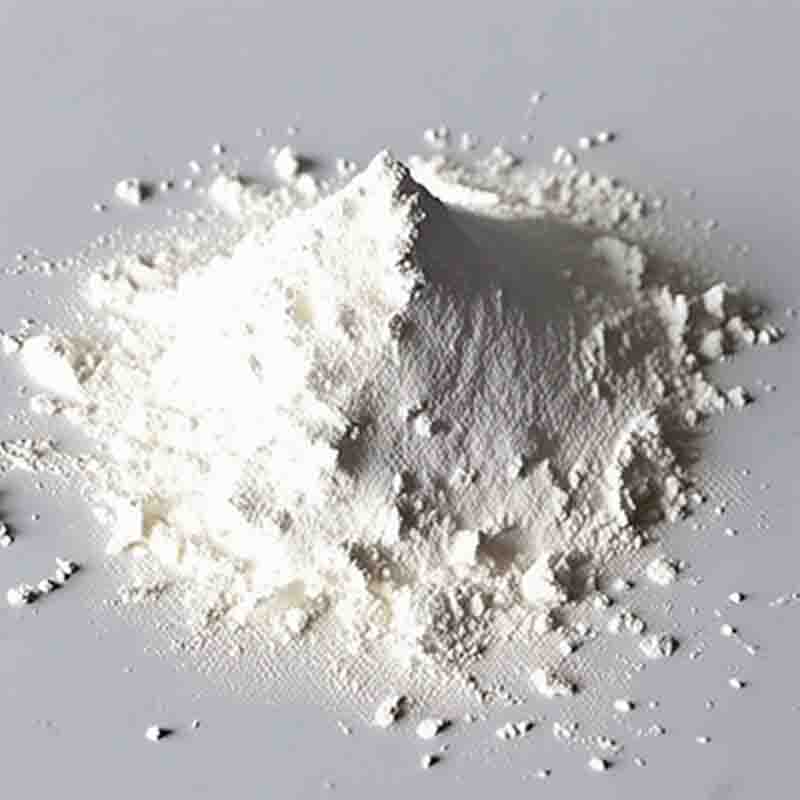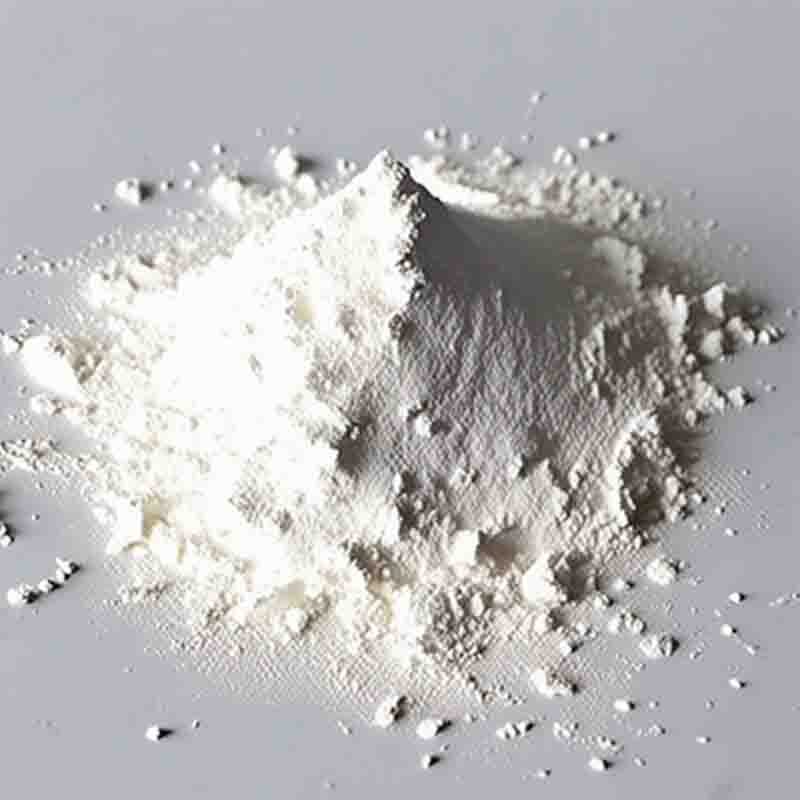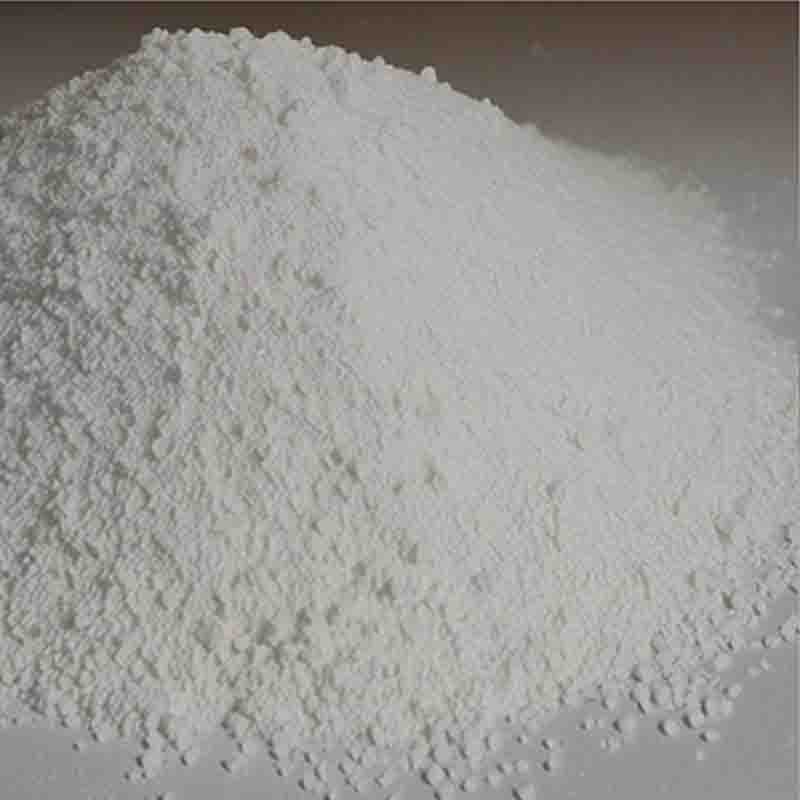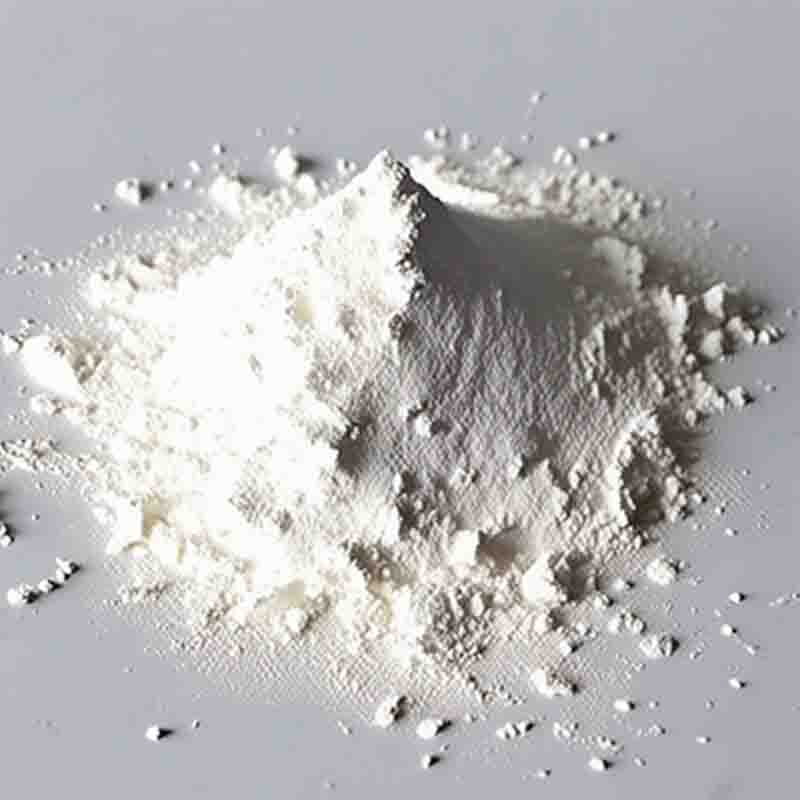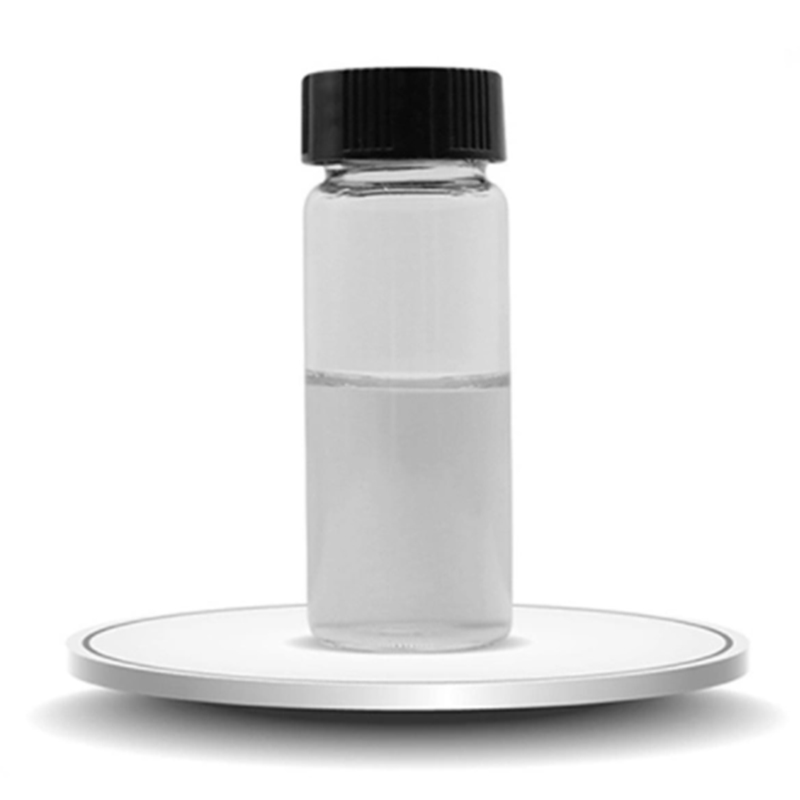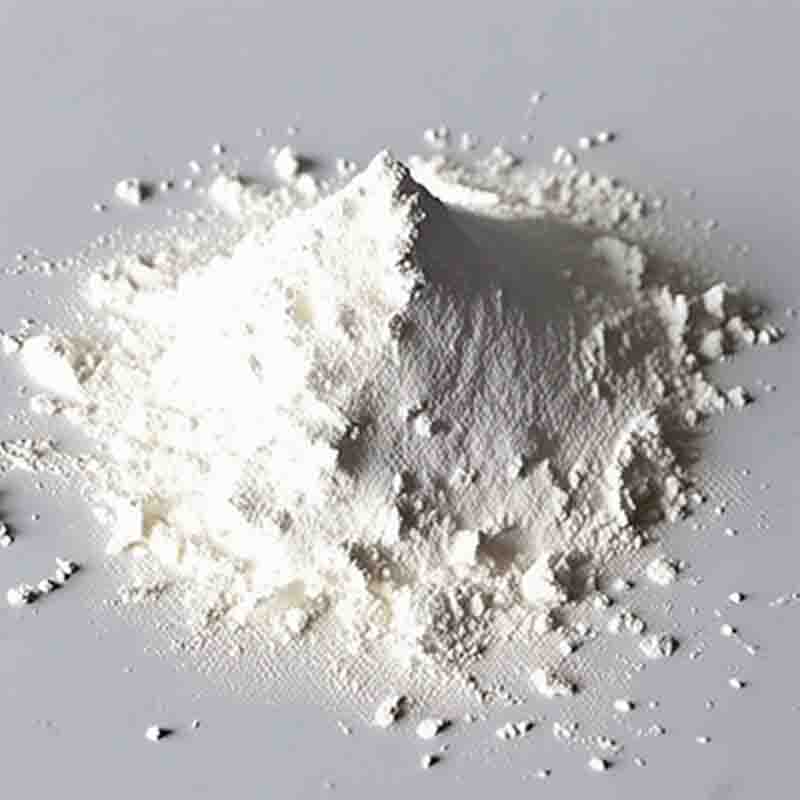3-Buten-1-aminehydrochloride CAS:17875-18-2
| Catalog Number | XD95881 |
| Product Name | 3-Buten-1-aminehydrochloride |
| CAS | 17875-18-2 |
| Molecular Formula | C4H10ClN |
| Molecular Weight | 107.58 |
| Storage Details | Ambient |
Product Specification
| Appearance | White powder |
| Assay | 99% min |
3-Buten-1-amine hydrochloride, also known as allylamine hydrochloride, is a chemical compound that has notable effects and applications in various fields. Here are some key points about its effects:Antifungal Activity: One of the prominent effects of 3-buten-1-amine hydrochloride is its antifungal activity. It has been found to inhibit the growth and proliferation of various fungi, including dermatophytes and yeasts. This property makes it useful in the development of antifungal medications and treatments for fungal infections.Polymerization and Crosslinking: 3-Buten-1-amine hydrochloride is also utilized in polymerization and crosslinking reactions. With its unique chemical structure, it can undergo reactions that lead to the formation of polymer chains or the crosslinking of existing polymers. This property is beneficial in the manufacturing of various polymers, adhesives, and coatings.Intermediate in Organic Synthesis: The compound serves as an intermediate in the synthesis of other organic compounds. It can react with different reagents to form various derivatives that have different chemical and biological properties. This flexibility in its reactions makes it a valuable tool for organic chemists in the production of different compounds for multiple applications.Precursor in Drug Development: 3-Buten-1-amine hydrochloride has been explored as a precursor in the development of certain drugs. By converting it into specific derivatives or incorporating it into the structure of drug candidates, researchers can create molecules with enhanced pharmacological activities. This allows for the potential development of novel therapies targeting specific diseases or conditions.Vesicant Properties: It is important to note that 3-buten-1-amine hydrochloride also has vesicant properties, meaning it can cause blistering and tissue damage upon contact with the skin, eyes, or respiratory system. Consequently, it needs to be handled with caution, using appropriate protective measures, and in compliance with safety guidelines.In summary, 3-Buten-1-amine hydrochloride exhibits antifungal activity, serves as an intermediate in organic synthesis reactions, and has potential applications in drug development. Additionally, its abilities in polymerization and crosslinking make it valuable in the manufacturing of polymers, adhesives, and coatings. However, it is essential to handle this compound with care due to its vesicant properties. Further research and development may uncover additional effects and applications of 3-Buten-1-amine hydrochloride, expanding its potential in various industries and fields.


